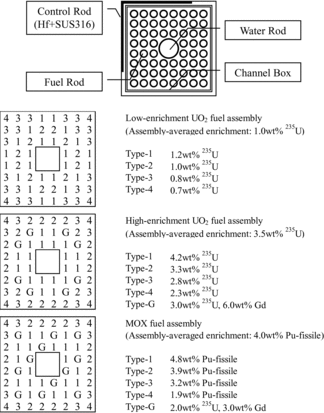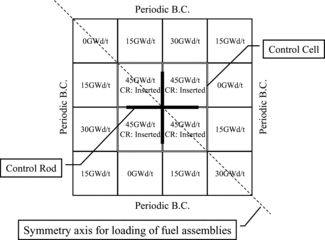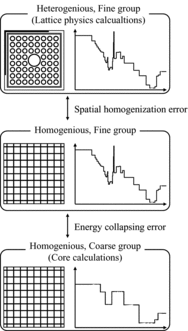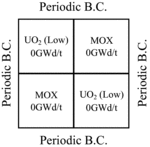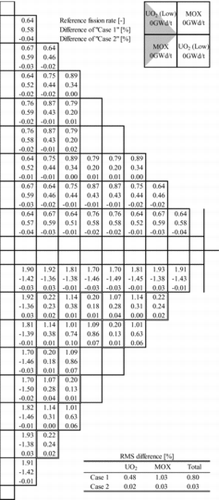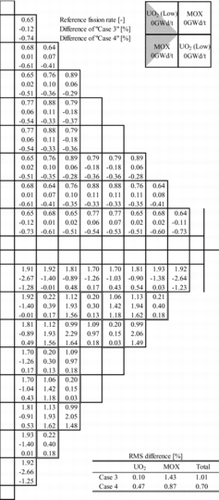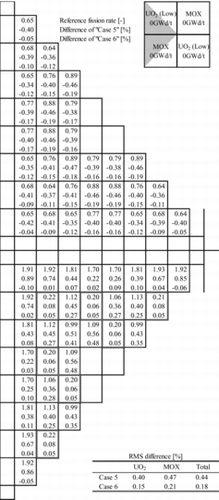Figures & data
Table 1. Energy group structure.
Table 2. Types of calculation results used in the present verifications.
Table 3. Summary of 4-group calculation results considering errors due to spectral interference effect and energy collapsing.
Table 4. Summary of 8-group calculation results considering errors due to spectral interference effect and energy collapsing.
Table 5. Summary of 4-group calculation results only considering spectral interference effect in previous study [Citation6].
Table 6. Summary of 8-group calculation results only considering spectral interference effect in previous study [Citation6].
Table 7. Breakdown of calculation errors by LI correction technique, SPH factor, and DF in 4-group.
Table 8. Breakdown of calculation errors by LI correction technique, SPH factor, and DF in 8-group.


